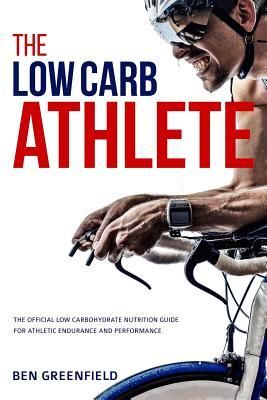When it comes to maximizing endurance performance, nutrition plays a crucial role. One key strategy is carbohydrate loading, which involves increasing your carbohydrate intake before a long endurance event. In this guide, we’ll explore the benefits of carb loading, the science behind it, and how to optimize your performance through this strategy.
Understanding Carbohydrates
Carbohydrates are the body’s primary source of energy during exercise. They are broken down into glucose, which fuels your muscles. When engaging in prolonged endurance activities, a well-fueled body can delay fatigue and sustain energy levels.
Carbohydrates are categorized into two types: simple and complex. Simple carbs include sugars found in fruits, honey, and processed foods. Complex carbs, on the other hand, are found in whole grains, legumes, and starchy vegetables.
The Science Behind Carb Loading
Carb loading involves a strategic manipulation of your carbohydrate intake to maximize glycogen stores in your muscles and liver. Glycogen is the stored form of glucose, and having higher glycogen levels increases your endurance capacity.
The typical carb loading approach involves depleting your glycogen stores through a very low-carbohydrate diet and intense exercise, followed by a high-carbohydrate diet to replenish glycogen stores. This method has been shown to increase endurance performance, especially in activities lasting longer than 90 minutes.
Benefits of Carb Loading
Enhances endurance capacity: By optimizing glycogen stores, carb loading helps delay fatigue and extends the duration of high-intensity exercise.
Improves performance: Carb loading has been shown to improve performance in endurance activities such as long-distance running, cycling, and swimming.
Provides sustained energy: With increased glycogen stores, your body has a readily available energy source to support prolonged exercise.
Boosts mental focus: Properly fueled muscles contribute to improved cognitive function, allowing athletes to stay alert and focused during endurance events.
How to Optimize Carb Loading
Implementing an effective carb loading strategy requires careful planning. Follow these steps to optimize your endurance performance:
Taper your training: Reduce the intensity and volume of your workouts in the days leading up to your event to give your body ample time to recover and store glycogen.
Gradually increase carbs: Start increasing your carbohydrate intake two to three days before the event, focusing on complex carbs such as whole grains, vegetables, and legumes.
Control fiber intake: While fiber is essential for overall health, excessive fiber intake can lead to digestive issues during exercise. Prioritize easily digestible carbs as you approach your event.
Stay hydrated: Proper hydration is critical for optimal performance. Drink plenty of fluids, such as water and electrolyte-rich sports drinks, leading up to and during your endurance event.
Avoid excessive fat and protein: While fat and protein are important macronutrients, they can slow down digestion and impair carbohydrate absorption. Prioritize carbs while keeping fat and protein intake moderate.
Remember, everyone is different, and finding the right carb loading strategy may require experimentation and adjustments based on your individual needs and preferences.
Conclusion
Carb loading can significantly enhance endurance performance by maximizing glycogen stores in your body. By following a well-planned carb loading strategy, athletes can delay fatigue, improve performance, and sustain energy levels during long-duration endurance activities. Experiment with different approaches, listen to your body, and find the right balance that works best for you. With the right nutrition and training, you’ll be well-prepared to conquer any endurance challenge that comes your way.
